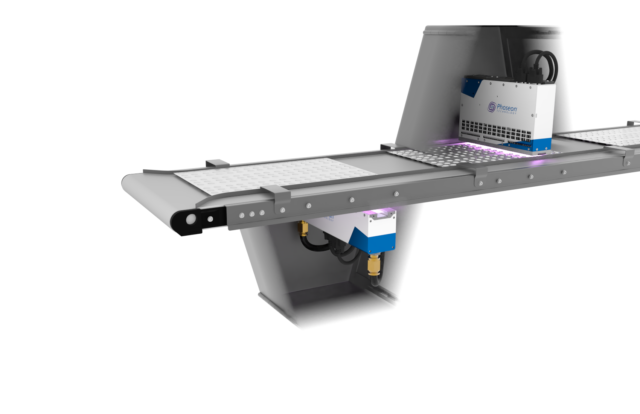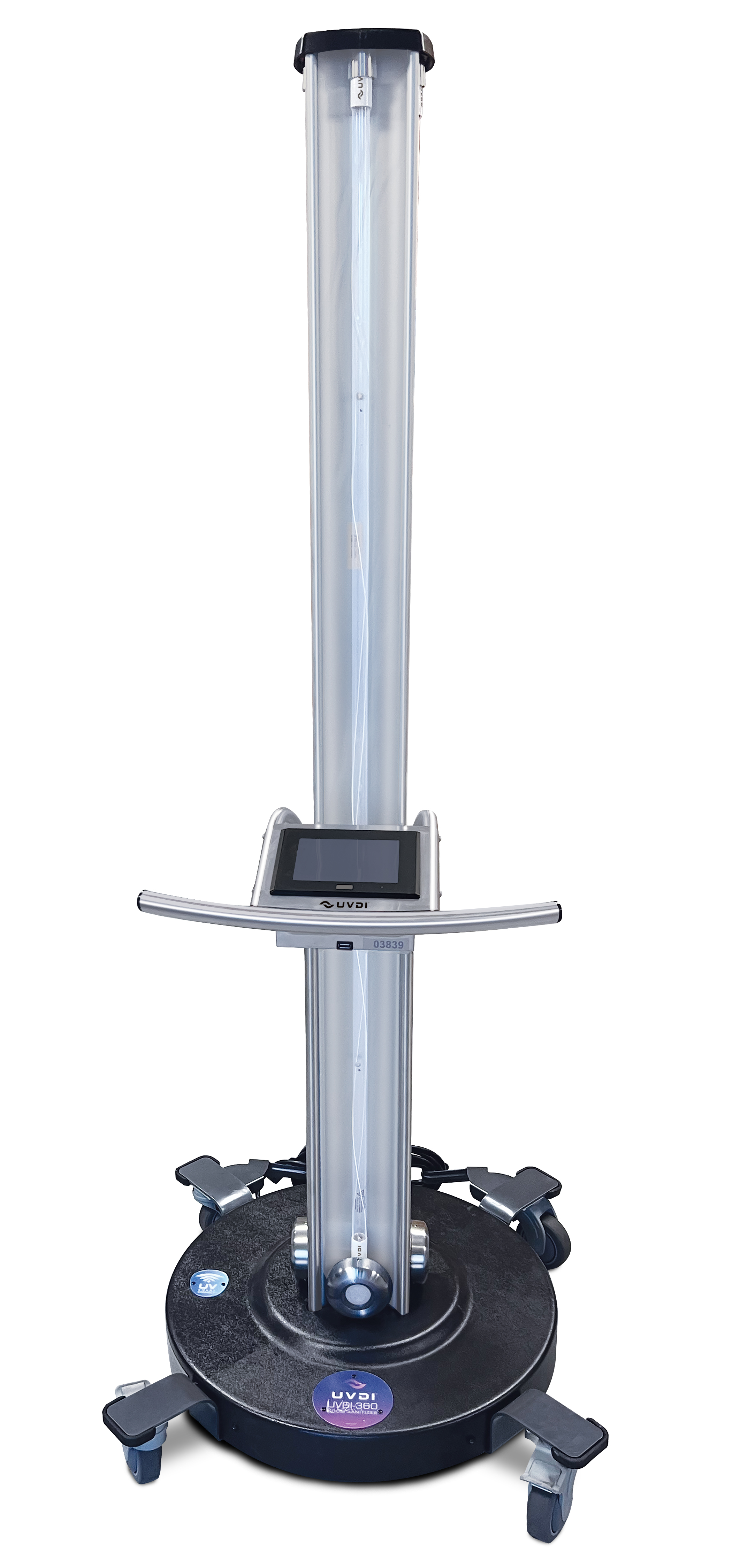Far-UVC UV Sanitizers: The Future of Disinfection Technology Revealed
Far UVC Light: A Game-Changer in the Battle Against Airborne Pathogens
In the ever-evolving fight against airborne virus, the development of far UVC light has actually stimulated considerable interest and potential. What specifically is far UVC light, and exactly how does it work?
The Scientific Research Behind Far UVC Light
The scientific concepts underlying the use of Far UVC light as a potential option for combating air-borne virus are both intricate and appealing. Much UVC light describes a certain series of ultraviolet (UV) light wavelengths, usually in between 207 and 222 nanometers, which have actually been found to efficiently eliminate or suspend bacteria such as microorganisms and viruses. Unlike conventional UVC light, which has a shorter wavelength and is understood for its germicidal residential properties however can additionally hurt human skin and eyes, Far UVC light has actually been shown to be safe for human exposure.
The vital device behind the performance of Far UVC light hinge on its capability to permeate and destroy the genetic product of microorganisms, including their DNA and RNA. When exposed to Far UVC light, the hereditary material undertakes a procedure called photodimerization, where surrounding bases in the DNA or RNA molecule bind together, preventing replication and providing the bacterium not able to create or duplicate infection.

Exactly How Far UVC Light Works
Far UVC light operates by making use of details ultraviolet wavelengths to efficiently reduce the effects of bacteria and stop their replication, making it an encouraging option for combating air-borne virus. Unlike conventional UVC light, which is harmful to human skin and eyes, much UVC light has much shorter wavelengths, normally in the variety of 207 to 222 nanometers (nm), that do not penetrate the outer layer of the skin or the tear layer of the eye. This makes it secure for constant human exposure, while still being deadly to microorganisms and viruses.
The effectiveness of much UVC light lies in its capacity to penetrate and ruin the DNA and RNA of microbes. When revealed to much UVC light, the hereditary product of these virus is damaged, making them incapable to duplicate and contaminate cells. In addition, researches have actually shown that far UVC light can efficiently inactivate air-borne infections, such as flu, measles, and coronaviruses, consisting of SARS-CoV-2, the virus in charge of COVID-19.
Furthermore, much UVC light is also efficient in disinfecting surfaces and items in an enclosed area. By setting up much UVC lights or using portable much UVC light gadgets, it is possible to continually decontaminate the air and surface areas, minimizing the threat of airborne transmission of microorganisms.
Benefits of Far UVC Light
Utilizing much UVC light offers a variety of significant advantages in combating airborne virus and making certain a safer environment for continual human direct exposure. Among the vital advantages of far UVC light is its capability to successfully reduce the effects of various kinds of hazardous bacteria, infections, and fungis without triggering harm to human beings. Unlike conventional UV light, which can be harmful to human skin and eyes, far UVC light has a shorter wavelength that enables it to target and damage virus while posing marginal threat to human health and wellness.

Moreover, much UVC light is much safer for the atmosphere compared to typical disinfection approaches. Chemical anti-bacterials typically have harmful active ingredients that can have negative influence on the atmosphere. Much UVC light, on the various other hand, does not generate any kind of damaging by-products or residues, making it a more sustainable and green remedy.
Applications of Far UVC Light
Among the vital uses for far UVC light remains in the area of air filtration and sanitation. Much UVC light has actually confirmed to be efficient in getting rid of airborne pathogens such as fungi, bacteria, and viruses. This innovation functions by releasing a details wavelength of light that is qualified of penetrating the external layers of microorganisms and harming their DNA, providing them incapable and non-active to replicate. Unlike standard UV light, far UVC light is safe for human exposure, making it ideal for continual use in public spaces such as colleges, medical facilities, and workplaces.
An additional application of far UVC light is in the health care market. It can be site link utilized to sanitize health center areas, running cinemas, and clinical equipment, minimizing the danger of healthcare-associated infections. Additionally, click to read more much UVC light can be included right into a/c systems to cleanse the air distributing in buildings, offering an included layer of defense against air-borne virus.
Moreover, far UVC light can be made use of in the food market to stop foodborne illnesses. It can be utilized to decontaminate food processing facilities, eliminating bacteria and various other bacteria that might contaminate food items.
Future Ramifications of Far UVC Light
The possible future applications of much UVC light are substantial and hold pledge for numerous sectors and sectors. Medical facilities and clinics might use much UVC light to sanitize client areas, running theaters, and waiting areas, reducing the danger of healthcare-associated infections.
Moreover, using far UVC light in public rooms such as flight terminals, train terminals, and shopping center can help control the spread of air-borne virus. By continually decontaminating these locations, the risk of transmission could be substantially lowered, providing a safer setting for individuals.
One more potential application of much UVC light remains in the food market. Much UVC light might be utilized to disinfect cooking surface areas, packaging products, and storage areas. This might assist prevent the contamination of food and decrease the incident of foodborne ailments.
In addition, far UVC light could be made use of in cooling and heating systems to sanitize the air circulating in structures. This could be specifically helpful in crowded areas such as schools, cinemas, and workplaces, where the risk of airborne transmission is higher.
Conclusion
To conclude, much UVC light has emerged as a game-changer in the fight versus air-borne virus. Its distinct buildings and capacity to safely kill infections and bacteria make it an appealing solution for different applications. From public spaces to health care setups, far UVC light deals countless benefits in lowering the transmission of diseases. With further research study and advancement, its extensive execution could have substantial effects for the future of infection control.
Far UVC light refers to a specific array of ultraviolet (UV) light wavelengths, generally in between 207 and 222 nanometers, which have actually been discovered to successfully kill or suspend bacteria such as bacteria and infections. far-uvc. Unlike standard UVC light, which has a shorter wavelength and is recognized for its germicidal buildings however can also hurt human skin and eyes, Far UVC official website light has been revealed to be secure for human exposure
Unlike standard UVC light, which is damaging to human skin and eyes, much UVC light has much shorter wavelengths, generally in the range of 207 to 222 nanometers (nm), that do not pass through the external layer of the skin or the tear layer of the eye. Unlike conventional UV light, which can be unsafe to human skin and eyes, far UVC light has a much shorter wavelength that allows it to target and damage microorganisms while posing very little risk to human health and wellness.
Unlike standard UV light, far UVC light is risk-free for human direct exposure, making it appropriate for continual use in public areas such as offices, institutions, and health centers.